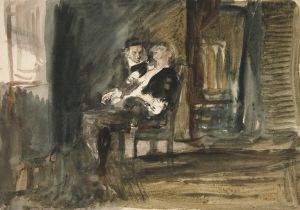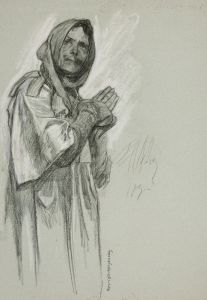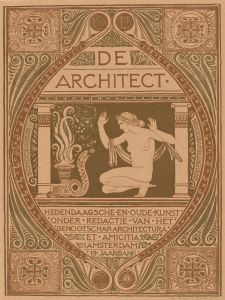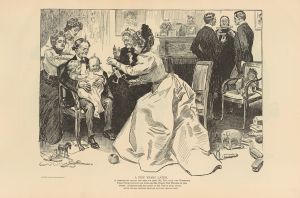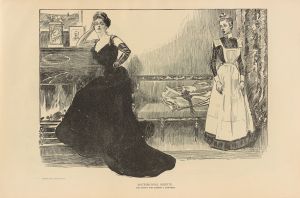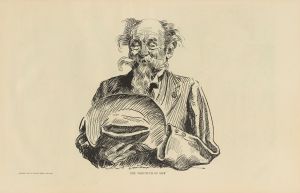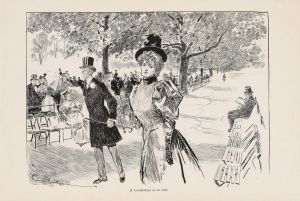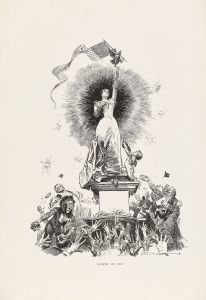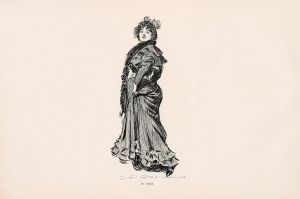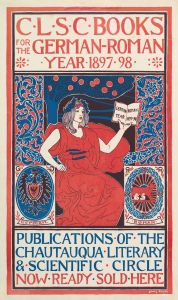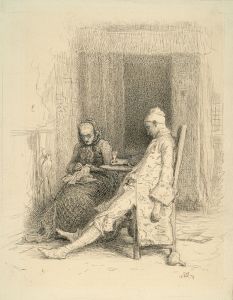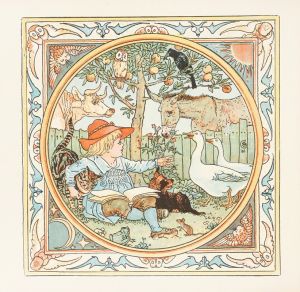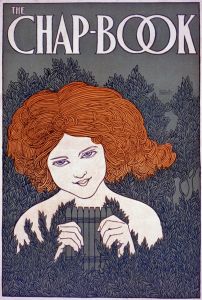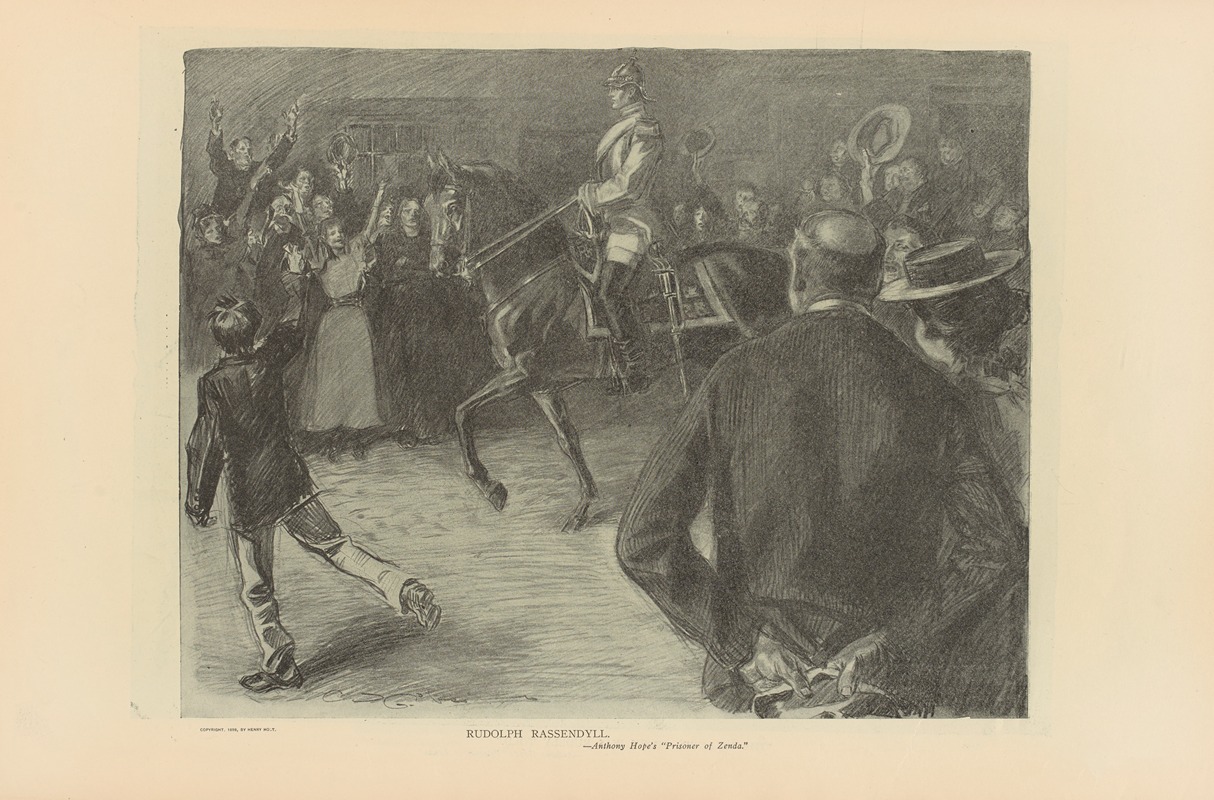
Rudolph Rassendyll.—Anthony Hope’s ‘Prisoner of Zenda.’
A hand-painted replica of Charles Dana Gibson’s masterpiece Rudolph Rassendyll.—Anthony Hope’s ‘Prisoner of Zenda.’, meticulously crafted by professional artists to capture the true essence of the original. Each piece is created with museum-quality canvas and rare mineral pigments, carefully painted by experienced artists with delicate brushstrokes and rich, layered colors to perfectly recreate the texture of the original artwork. Unlike machine-printed reproductions, this hand-painted version brings the painting to life, infused with the artist’s emotions and skill in every stroke. Whether for personal collection or home decoration, it instantly elevates the artistic atmosphere of any space.
Charles Dana Gibson was an influential American illustrator best known for his creation of the "Gibson Girl," a representation of the idealized American woman at the turn of the 20th century. Among his many works, one notable illustration is "Rudolph Rassendyll.—Anthony Hope’s ‘Prisoner of Zenda.’" This piece is inspired by the novel "The Prisoner of Zenda," written by Anthony Hope and published in 1894.
"The Prisoner of Zenda" is a classic adventure novel that tells the story of Rudolf Rassendyll, an English gentleman who bears a striking resemblance to the king of the fictional country of Ruritania. The plot unfolds with Rassendyll being drawn into a political intrigue when he is asked to impersonate the king, who has been kidnapped by his treacherous brother. The novel is celebrated for its themes of honor, duty, and romance, and it has inspired numerous adaptations in film, theater, and other media.
Gibson's illustration captures the essence of the novel's protagonist, Rudolph Rassendyll. Known for his detailed and expressive style, Gibson effectively conveys the character's noble demeanor and the adventurous spirit of the story. His work often featured strong, confident figures, and this illustration is no exception. The image likely depicts Rassendyll in a moment of contemplation or decision, reflecting the character's internal conflict and the high stakes of his impersonation.
Charles Dana Gibson's career spanned several decades, during which he became one of the most prominent illustrators in America. His work appeared in major publications such as "Life," "Harper's Weekly," and "Collier's Weekly." Gibson's illustrations were characterized by their elegance, attention to detail, and ability to capture the zeitgeist of the era. His depiction of Rassendyll would have resonated with contemporary audiences familiar with Hope's novel and the themes of adventure and chivalry it embodied.
The illustration of Rudolph Rassendyll is a testament to Gibson's skill in bringing literary characters to life through his art. It serves as a visual companion to Hope's narrative, offering viewers a glimpse into the world of Ruritania and the complex character of Rassendyll. Gibson's work not only complemented the story but also contributed to the novel's enduring popularity by providing a visual representation that readers could associate with the text.
In summary, Charles Dana Gibson's illustration of Rudolph Rassendyll from Anthony Hope's "The Prisoner of Zenda" is a significant piece of art that reflects both the illustrator's talent and the novel's impact on popular culture. Through his detailed and expressive style, Gibson captured the essence of the story's protagonist, enhancing the reader's experience and contributing to the novel's legacy as a classic adventure tale.





